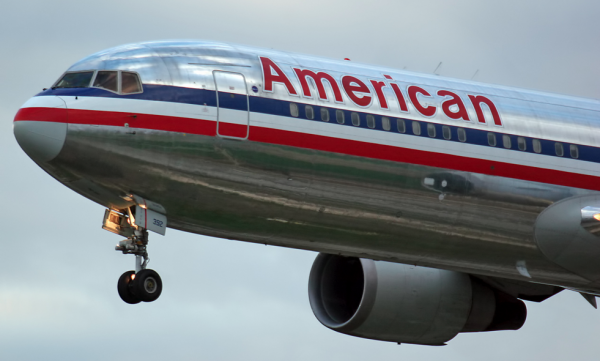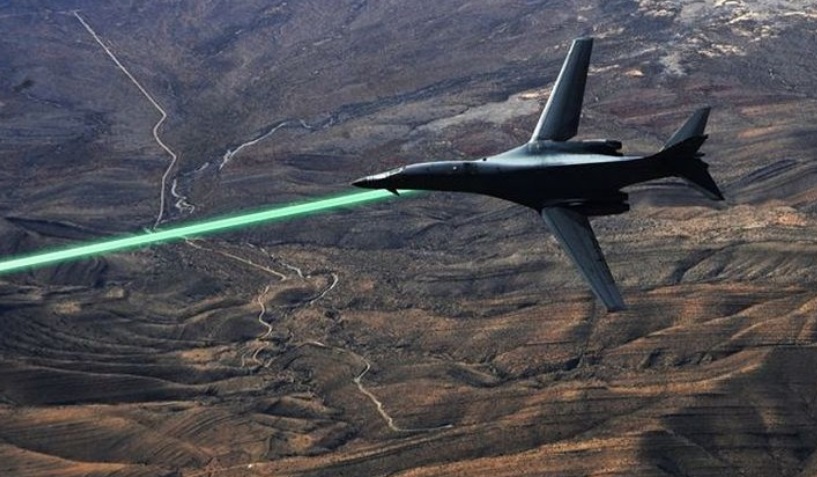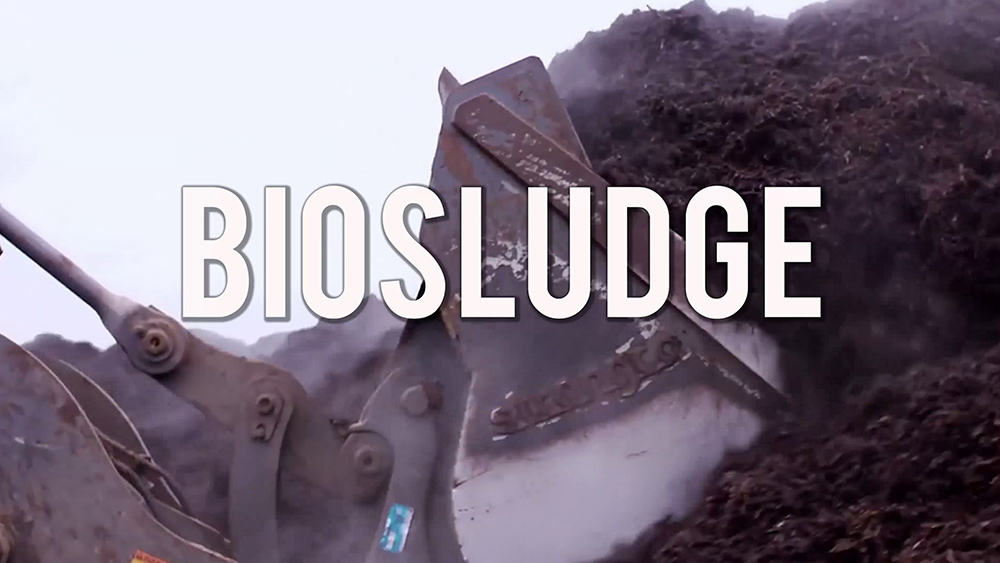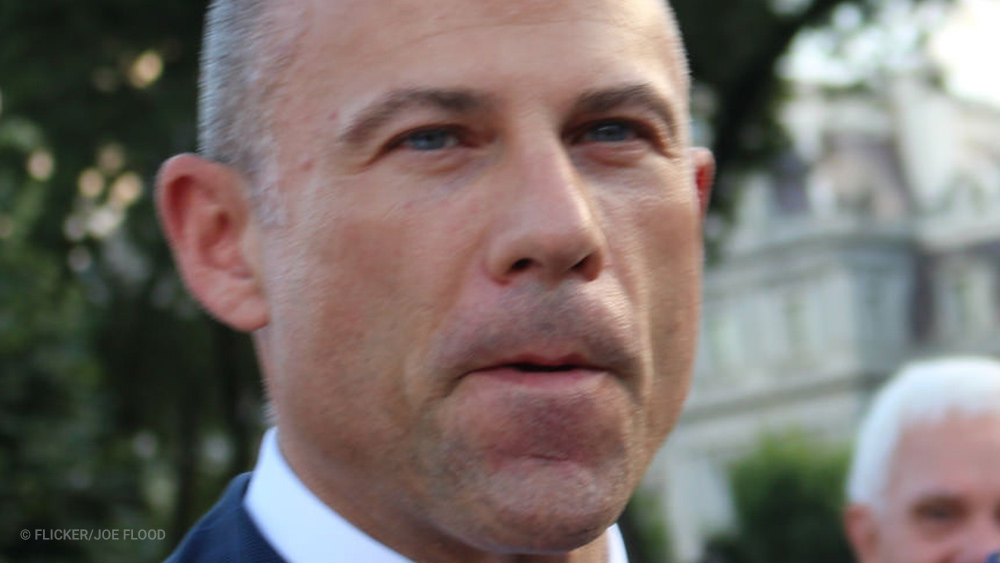Poison in the sky: The air travel industry has been putting profit over safety by ignoring aerotoxicity
01/12/2017 / By Lance D Johnson

Have you ever wondered how jet airliners supply fresh air to passengers while flying at high altitudes? Everyone on board relies on this air supply, but where does it come from, and why hasn’t the aviation industry informed us of its health hazards?
For 40 years, the air travel industry has kept this design secret. What really is jet lag? If the public knew how they were being poisoned on flights, then the entire industry would have to redesign their passenger jets.
Bleed air: the dirty secret the aviation industry doesn’t want you to know about
Warm, compressed passenger jet cabin air has been a known health hazard for decades, but no efforts have been made to filter it. This air is toxic because it comes from the compressors of the aircraft’s engines. This design has been the norm since 1963. The air that comes in is nicknamed “bleed air.” It contains hundreds of chemicals, and some of them are as toxic as nerve agents like sarin gas.
There was an alternative put forth in the 1950s – an airplane design that pulled in fresh air – but the “modification” was deemed too costly by the industry. Ever since then, every breath you take on board an airliner contains a 50/50 mix of re-circulated cabin air and bleed air, injected straight from the engine compressors.
One of the synthetic chemicals passengers are breathing in is an organophosphate called tricresyl phosphate (TCP or TOCP). In 1990, the World Health Organization declared that there is no safe level of exposure to this chemical; it is a neurotoxin for humans.
Only one aircraft, the new Boeing 787, hasn’t followed suit with this toxic design, but this plane is only used in 5 percent of commercial flights today. Close to 100,000 flights take off daily, and almost all are a health threat to millions of passengers. (Read more news about technology gone wrong at Glitch.news)
Fume events commonly intoxicate passengers, exacerbate health problems and cause ‘jet lag’
The bleed air that passengers are forced to breathe in sometimes contains smoke from the plane’s engine. The Aerotoxic Association describes this as a “fume event.” When wet seals (lubricated with oil) wear down in the compressor, they may suddenly fail, letting in a blast of oil, fumes and smoke into the bleed air. This toxic blend of synthetic chemicals, aromatic hydrocarbons and organophosphate additives are unfiltered and enter the cabin air of the jet.
Passengers, exposed to the chemicals, often experience fatigue and disorientation after a flight. This sensation is commonly referred to as “jet lag,” and is blamed directly on the disruption of the circadian rhythm.
There is no evidence that fume events are the sole cause of the malaise and fatigue that so many passengers experience after a long flight. Most travelers just shrug the phenomenon off as “jet lag,” which works to the industry’s advantage. While it is true that cabin air is pressurized at between 6,000 and 8,000 feet and contains low oxygen levels, the chemical exposure could be the most troublesome aspect of “jet lag.”
In 2000, Dr. Harry Hoffman, Professor Chris Winder and Jean Christophe Balouet, Ph.D, introduced aerotoxic syndrome as a new occupational health threat. Their study, titled Aerotoxic Syndrome: Adverse health effects following exposure to jet oil mist during commercial flights, investigated 10 reported “fume events” that led to health problems for airline crews.
In 1977, a navigator on a C-130 Hercules was severely injured after being exposed to a toxic “fume event.”
On average, visible fume events occur once in every 100 flights, but smaller events can occur without detection because there are no sensors to recognize them. A new documentary called Unfiltered Breathed In – The Truth about Aerotoxic Syndrome sheds light on the issue. The health problems associated with bleed air and fume events include blurred vision, memory impairment, tremors, vomiting, seizures, dizziness and shortness of breath.
The Aerotoxic Association offers five solutions to the problem
1). The aviation industry could install bleed air filtration systems to help eliminate the chemicals coming in.
2). A less toxic oil formulation could be used on the compressor seals.
3). Sensors could be employed to detect contaminated air so that personnel could take preventative actions.
4). Passengers could be equipped with face masks for if a fume event were to occur.
5). Lastly, aircraft could be redesigned to resemble safer models such as the new Boeing 787.
Sources include:
Tagged Under: aerotoxicity, air quality, fume events, jet lag, organophosphate



















